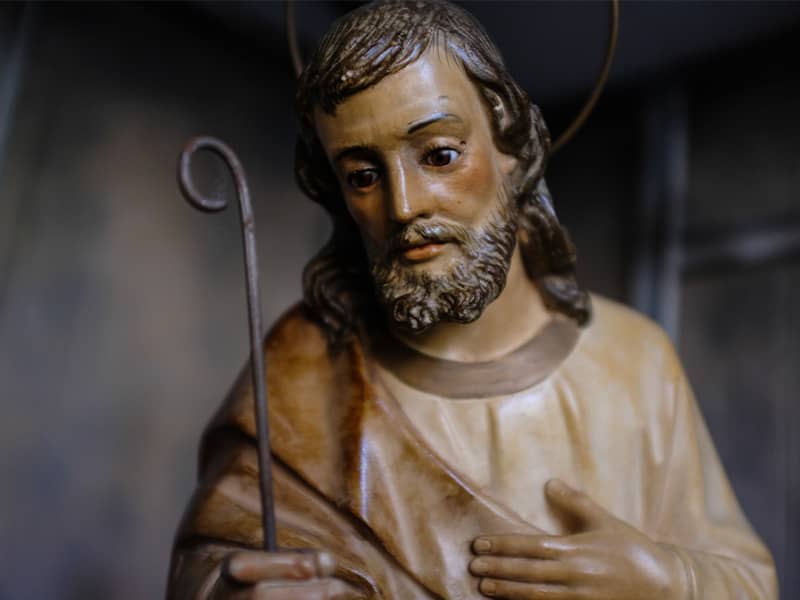Two and a half hours later, after the Pope finally ended his drive through Vatican Square and disappeared through the gates, the crowd thinned out. I ended up buying the Mother Teresa scarf and a Gucci knockoff for my own mother. The sun was still shining.
The sun shone for Mother Teresa yesterday. Though Saturday night's cold driving rain in Rome was predicted to continue all day Sunday, the morning of her beatification ceremony dawned clear and bright. As my husband and I made our way with the rest of the crowd to St. Peter's Square, the hawkers of fake Gucci bags mixed with purveyors of Mother Teresa memorabilia, like scarves imprinted with the missionary's lined face and piercing eyes.
Angelic choir voices coming over loudspeakers drew us in the direction of the Vatican. And then the crowd in front of us stopped; this was as far as we could go. We all stared at the incongruous sight of the dome of St. Peter's next to a giant TV screen. Invited dignitaries filled the square with color-purple and red of the cardinals and bishops, the brilliant hues of religious orders from around the world, and the simple white and blue habits of the nuns of Mother Teresa's order, the Missionaries of Charity.
Thousands of Catholics from all over the world had come to Rome for the occasion, including a group of delighted women from a parish in Indiana identified by their specially designed Mother Teresa T-shirts. My husband and I just happened to be in Rome, and though we're not Catholic, we'd decided to join the crowds of mostly Roman citizens who came out of love and reverence for Mother Teresa--or sometimes curiosity.
As the Mass began, the Pope's giant screen image loomed over the crowd. Despite the advanced Parkinson's disease which has half-paralyzed his face, he was beaming. During the Mass, as the Pope spoke intermittently, slurring his words, the people followed along in mass books passed out for the occasion. Many knelt on the cobblestones, and one young blonde woman near me remained kneeling for a long time, clearly overcome with emotion. Men and women alike shed tears-the emotional power of the moment was overwhelming. The Pope blessed the host and then priests in white cassocks under large white umbrellas fanned out into aisles among the people to give communion to anyone who wanted it. Though many moved forward to partake of the papally-consecrated Eucharist, there was a sense of serenity and order, not the usual pushing of a spectacle-seeking crowd.

